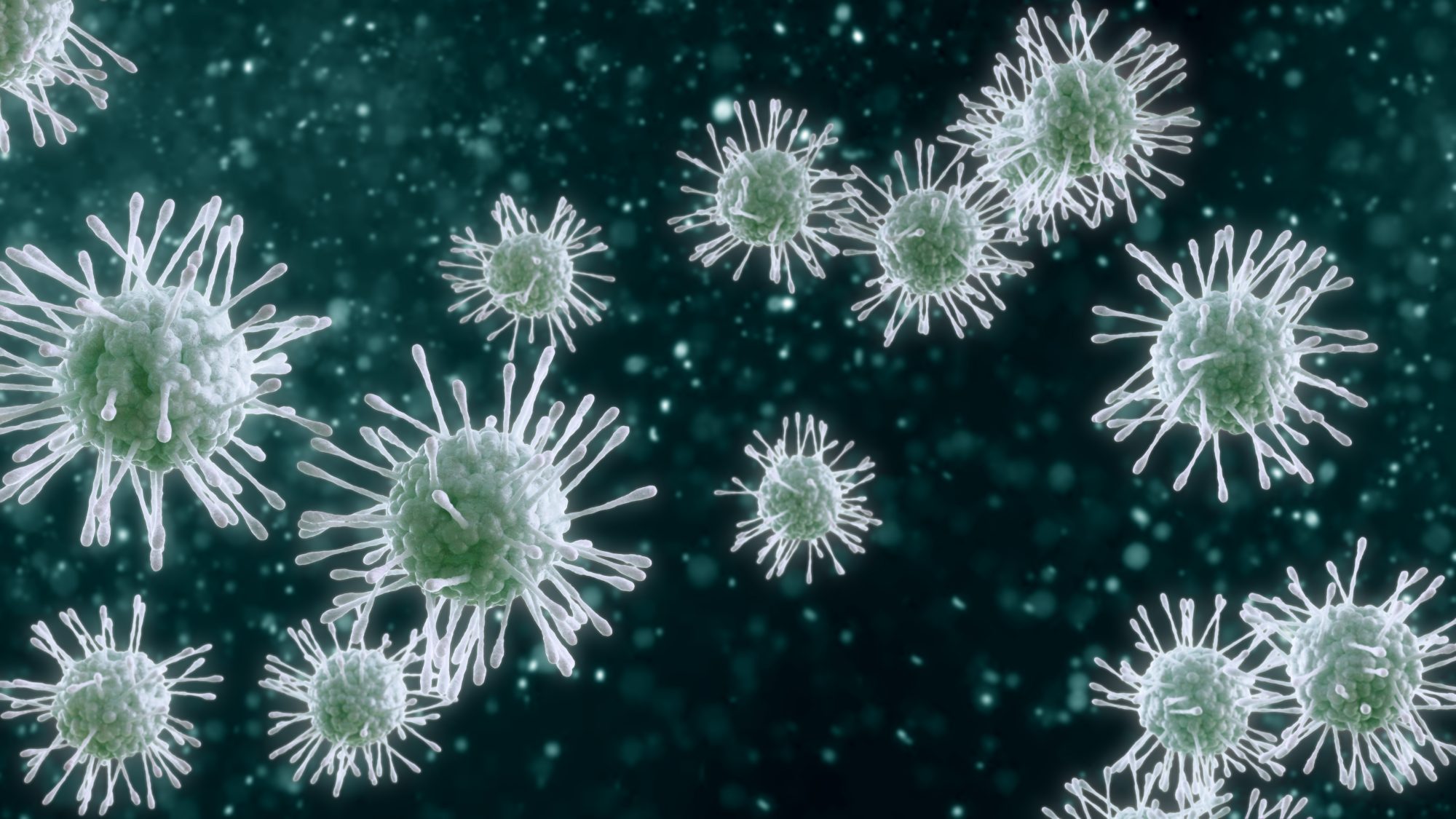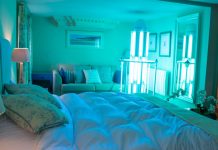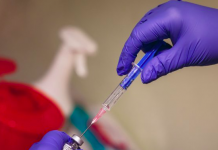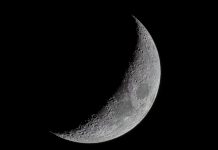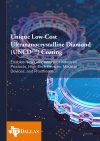Ultra Violet Germicidal Irradiation (UVGI) refers to the use of UV radiation for the effective control of infections
The COVID-19 pandemic has prompted new research on Ultraviolet Germicidal Irradiation for infection control, with many new innovations now arising as a result. Dr Andy Davies, Director at Mackwell Health, explains how new innovations around a mature technology have the potential to revolutionise the approach to preventing Healthcare Acquired Infections.
Ultra Violet Germicidal Irradiation (UVGI) refers to the use of UV radiation, usually UV-C between 200 and 280nm, to target DNA or RNA in pathogens, disrupting their structure so that they are no longer able to reproduce. The technology has been known for well over a century, having been the subject of a Nobel Prize in 1903 when the Danish Physicist Niels Finsen demonstrated its effectiveness at treating tuberculosis.
Prior to the COVID-19 pandemic, commercial adoption of products using UVGI was dominated by water treatment applications. However, as the pandemic progressed, debates ensued about methods of transmission of the virus. It is now widely recognised that SARS-CoV-2 transmits predominately via the airborne route. However, other pathogens of concern can transmit via surfaces, and many novel applications for UVGI have now been realised for both air and surface treatments.
Whilst the science behind UVGI is well-established, there have been many barriers to its mass adoption for infection prevention & control. These include ensuring that it is safe to use – since UVGI can be damaging to human skin and eyes, and a lack of evidence showing efficacy against specific pathogens, especially when airborne. In addition, until recently it was only possible to generate UV-C radiation from mercury-containing discharge lamps, making its use impractical in many cases.
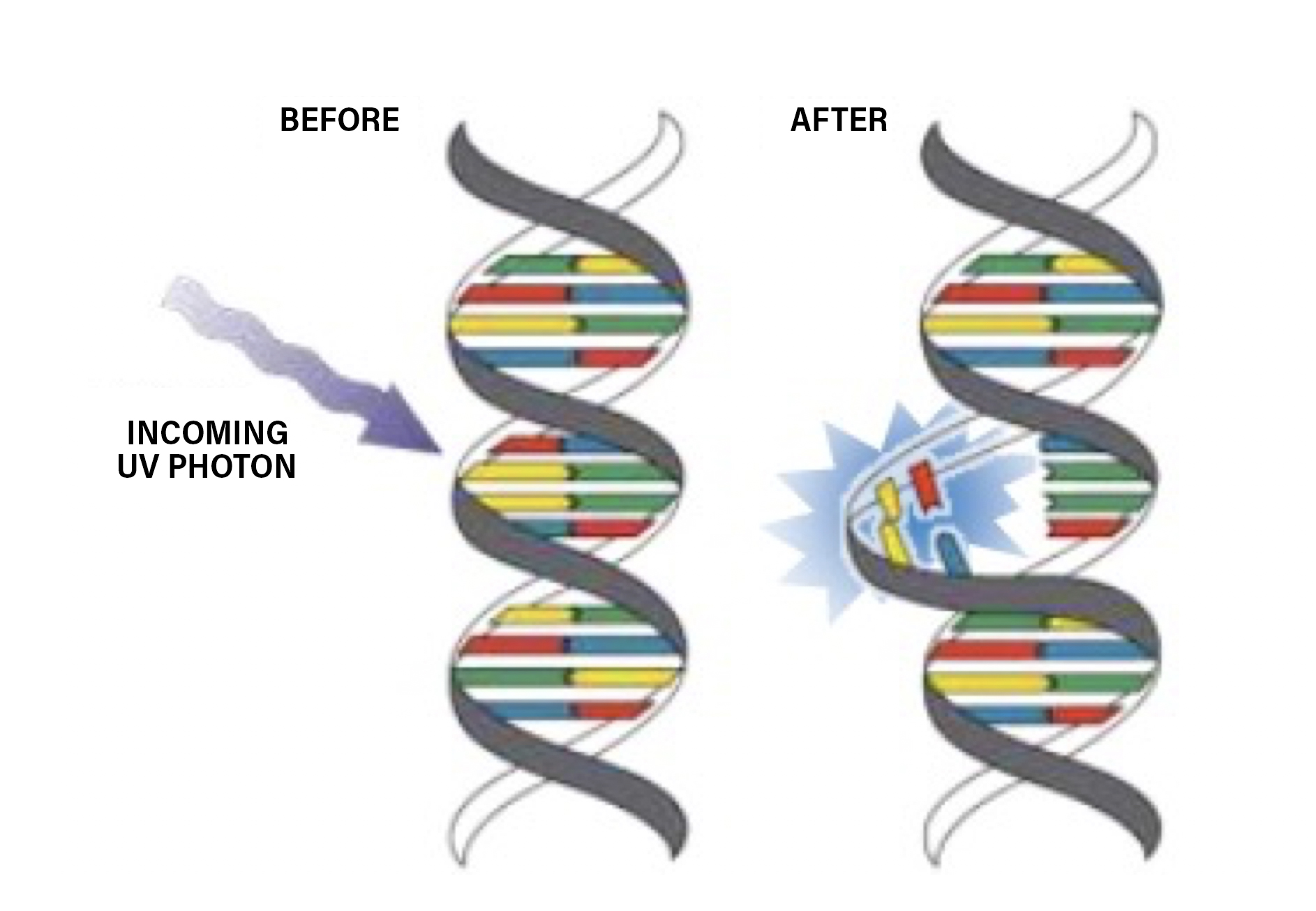
The Emergence of New UV-C Sources
Whilst traditional UV-C discharge lamps will continue to play an important role in many systems, newer technologies are now emerging at a rapid rate, thanks to the new impetus in R&D that has resulted from the pandemic.
LED Sources have emerged and have the potential to revolutionise UVGI applications in the same way that LED lighting has been transformed over the past decade. UV-C LEDs are less mature but have more than tripled in efficiency over the duration of the pandemic.
Whilst these efficiency values remain low, a unique attribute of UV-C LEDs is their small size, meaning they can be deployed in new applications versus traditional lamps. They also emit a highly controllable field of radiation, meaning that advanced optical materials can be used to capture the emitted radiation and direct it to the intended location.
An example of where UV-C LEDs have played a major role is the development of new generations of decontamination chambers. Combining small LED sources with highly reflective optics allows high irradiation intensities to be achieved through multiple internal reflections within the chamber. When combined with 3D CAD models of objects to be treated, the UV-C irradiance, and therefore the time needed to achieve the critical dose for effective decontamination can be modelled using advanced ray trace software. Healthcare institutions across Europe are now at advanced stages of trialling this technology on many objects that may spread infection around facilities, as well as investigating it as a decontamination tool allowing re-use of PPE such as protective eyewear.
Far UV-C Excimer Lamps are also emerging as key sources since they emit at 222nm which is a wavelength that has been shown as very effective against airborne viruses as well as offering a potential higher level of safety for human exposure and therefore use in occupied spaces. (1) Modelling trials are also ongoing for Far UV-C systems in many applications such as healthcare and aerospace.


Novel applications
Both traditional lamps and the newer LED and excimer sources have found novel applications during the pandemic, with UV-C efficacy data on SARS-CoV-2 now available from several peer reviewed studies. One application is the use of UV-C as an alternative to filtration on high efficacy respiratory protective equipment (RPE).
In this application, air is drawn through an enclosed chamber comprising a UV-C emitter and with highly reflective materials covering all inside surfaces of the chamber. Flow rates are regulated between 30 and 50 litres per minute, and a silent fan then provides a constant flow of purified air to the nose and mouth via a re-usable facepiece with a filter for exhaled breath.
This concept has been tested at UKHSA on MS2 surrogate virus and is shown to deliver more than 99.9999% virus reduction to the user for such pathogens as SARs-CoV-2, influenza, measles, tuberculosis and poxviruses like that which causes Monkeypox. This makes it ideal for use in high-risk areas, particularly those which have to deal with new and emerging virus threats, or tropical diseases.
Whilst UVGI is not new, innovations in the field that have been prompted by increased R&D activity during the Covid-19 pandemic are now resulting in many exciting advances for infection prevention. This technology offers renewed optimism in the efforts to drive down Healthcare Acquired Infections as these innovations get adopted around the globe.
(1) ACGIH has recommended increase in 8-hour exposure limits for 222nm from 23mJ/cm2 to 161mJ/cm2 (eye) and 439mJ/cm2 (skin). IEC international standard 62471 has still to be changed but is expected to follow.
Please note: This is a commercial profile.
© 2019. This work is licensed under CC-BY-NC-ND BY 4.0 license.
Contributor Profile
Editor's Recommended Articles
-
Must Read >> Optimising infection control post-pandemic
-
Must Read >> Ensuring total infection control in 2021
-
Must Read >> Exploring UVC technology for infection control
-
Must Read >> Infection prevention and control – Lessons learned



